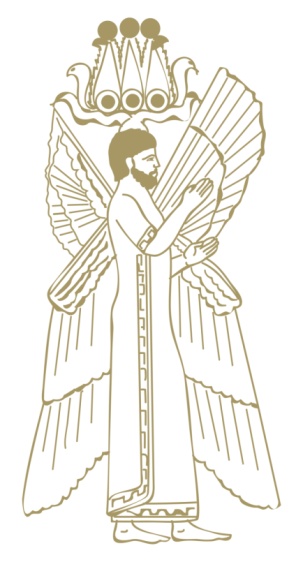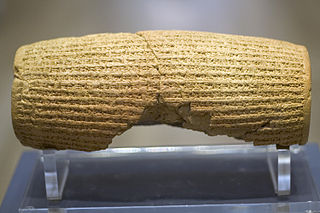
They called the area “land of the Aryans,” which has since become the name “Iran.” They continued along the mountains taking over various tribes of people who lived there, including the kingdom of Media. Gradually, by about 547 B.C., led by Cyrus the Great, whose grandfather had ruled Media, the Persians began to build the largest Middle Eastern empire that had existed up to that time.
Cyrus conquered many of his neighbors, sometimes using camels because he knew that horses were afraid of them. He would keep the camels in hiding until the last moment, and then have them appear and charge toward his opponents, frightening their horses and scattering the soldiers. Unlike many previous conquerors, the Persians were usually generous to the people they conquered. Cyrus conquered Babylonia in 539 B.C., freeing the captive Jews who then went back to Palestine. The Persians, led by Cyrus, took over the Fertile Crescent, Phoenicia, and the rest of Asia Minor. Cyrus’s son, who followed him as ruler, took over Egypt, and it too became part of the Persian Empire. The Persians ruled the Middle East and Asia Minor for over 200 years, until the area was conquered by Alexander the Great in 330 B.C., during his great sweep across the ancient world.

Did You Know:
Although Cyrus the Great ruled many thousands of years ago his legacy continues to this day. Cyrus wrote the first charter of Human Rights known to humankind. This is significant because he wrote it in a time where slavery and prejudice were commonplace and an essential part of every economy and culture. Cyrus valued human life and supported people's individual freedoms.
The cylinder shown on the right was excavated in 1879 and translated into many languages. In 1979 it was translated into the six official languages of the United Nations and a replica is kept in their headquarters in New York City.
Food For Thought
What do you want to be remembered for thousands of years after you are gone? Cyrus is a good example of not only a strong leader but one with good character.
